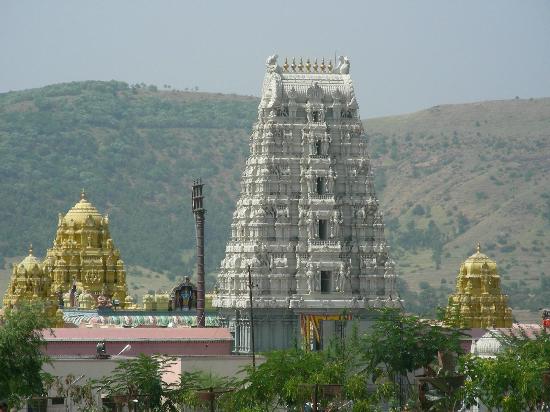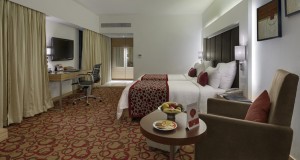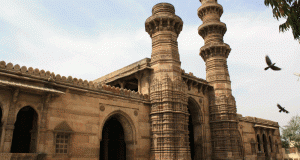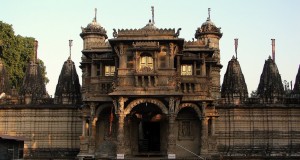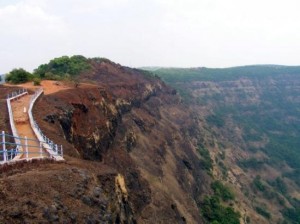 Punyapura’ (city of merit), Poona and finally Pune. It changed hands from the Khiljis to the Tughlaqs to the Marathas to the British, and each rule left its stamp on the place, the architecture and the people.The earliest reference to the name Pune can be found on a copper-plate inscription of Krishna I of the Rashtrakuta dynasty, dated AD 768. Subsequently, Pune came to be ruled over by Yadava Kings and gradually deteriorated into a nondescript town. It was captured by the Khiljis in AD 1294 who destroyed the temples dedicated to Puneshwar and Nageshwar and built two dargahs (Muslim shrines) in their place. These dargahs still exist in the cantonment area under the names Great Shaikhsalla Dargah and Little Shaikhsalla Dargah. After the Khuljis came the Tughlaqs. The Muslim rulers appear to have begun building the forts of Sihagad, Purandhar and Lohagad.While Pune was not considered sufficiently well-situated to be made into a garrison town or a commercial centre, it has always been a favoured seat of administration on account of the pleasant climate. The British chose Pune as one of the two summer headquarters of the Bombay Presidency.However, it was under the Marathas that Pune’s distinctive socio-cultural identity came into existence. Shahaji Bhonsle, the father of Shivaji, received Pune as a jagir, on condition that he campaigned in South India for the Bijapuri overlords while his wife and son remained in Pune. Thus started the ‘Maratha period’ in Pune’s history. The Peshwas painstakingly transformed it from an obscure market town and the seat of a jagir into a thriving city with a population of around
Punyapura’ (city of merit), Poona and finally Pune. It changed hands from the Khiljis to the Tughlaqs to the Marathas to the British, and each rule left its stamp on the place, the architecture and the people.The earliest reference to the name Pune can be found on a copper-plate inscription of Krishna I of the Rashtrakuta dynasty, dated AD 768. Subsequently, Pune came to be ruled over by Yadava Kings and gradually deteriorated into a nondescript town. It was captured by the Khiljis in AD 1294 who destroyed the temples dedicated to Puneshwar and Nageshwar and built two dargahs (Muslim shrines) in their place. These dargahs still exist in the cantonment area under the names Great Shaikhsalla Dargah and Little Shaikhsalla Dargah. After the Khuljis came the Tughlaqs. The Muslim rulers appear to have begun building the forts of Sihagad, Purandhar and Lohagad.While Pune was not considered sufficiently well-situated to be made into a garrison town or a commercial centre, it has always been a favoured seat of administration on account of the pleasant climate. The British chose Pune as one of the two summer headquarters of the Bombay Presidency.However, it was under the Marathas that Pune’s distinctive socio-cultural identity came into existence. Shahaji Bhonsle, the father of Shivaji, received Pune as a jagir, on condition that he campaigned in South India for the Bijapuri overlords while his wife and son remained in Pune. Thus started the ‘Maratha period’ in Pune’s history. The Peshwas painstakingly transformed it from an obscure market town and the seat of a jagir into a thriving city with a population of around 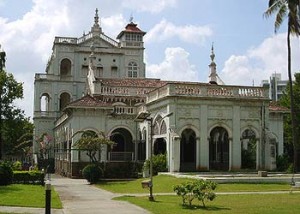 100 000.By the 18th century, Puri had become the nerve centre of the Maratha empire, ranging from Calcutta to Bombay and Attock to Madras. The various Peshwa rulers infused Puri with their typical Brahmanriss and their faith, aspirations, intellectual abilities, and above all, pride. The Peshwas were pious to a fault, and they built many temples in the city: by 1811 over 400 existed in Pune City, the chief deities being the Garish in Kasba Peth and the Jogeshwari in Budhwar Peth.
100 000.By the 18th century, Puri had become the nerve centre of the Maratha empire, ranging from Calcutta to Bombay and Attock to Madras. The various Peshwa rulers infused Puri with their typical Brahmanriss and their faith, aspirations, intellectual abilities, and above all, pride. The Peshwas were pious to a fault, and they built many temples in the city: by 1811 over 400 existed in Pune City, the chief deities being the Garish in Kasba Peth and the Jogeshwari in Budhwar Peth.
Infighting among the Peshwas starting from 1772 weakened the Maratha Empire, which broke up and finally passed to British hands in 1817. Pune became an i mportant military post for the British who built a cantonment to house the troops, as well as the headquarters of the military for the Deccan. To help run the military and civil administrations, the British encouraged the Parsis and Bohras to migrate to the city. These families stayed on in Puri and became part of the social structure. Thus, the predominantly Brahman culture of Puri gave way to the more outwardlooking cosmopolitan society that characterises the city today.

